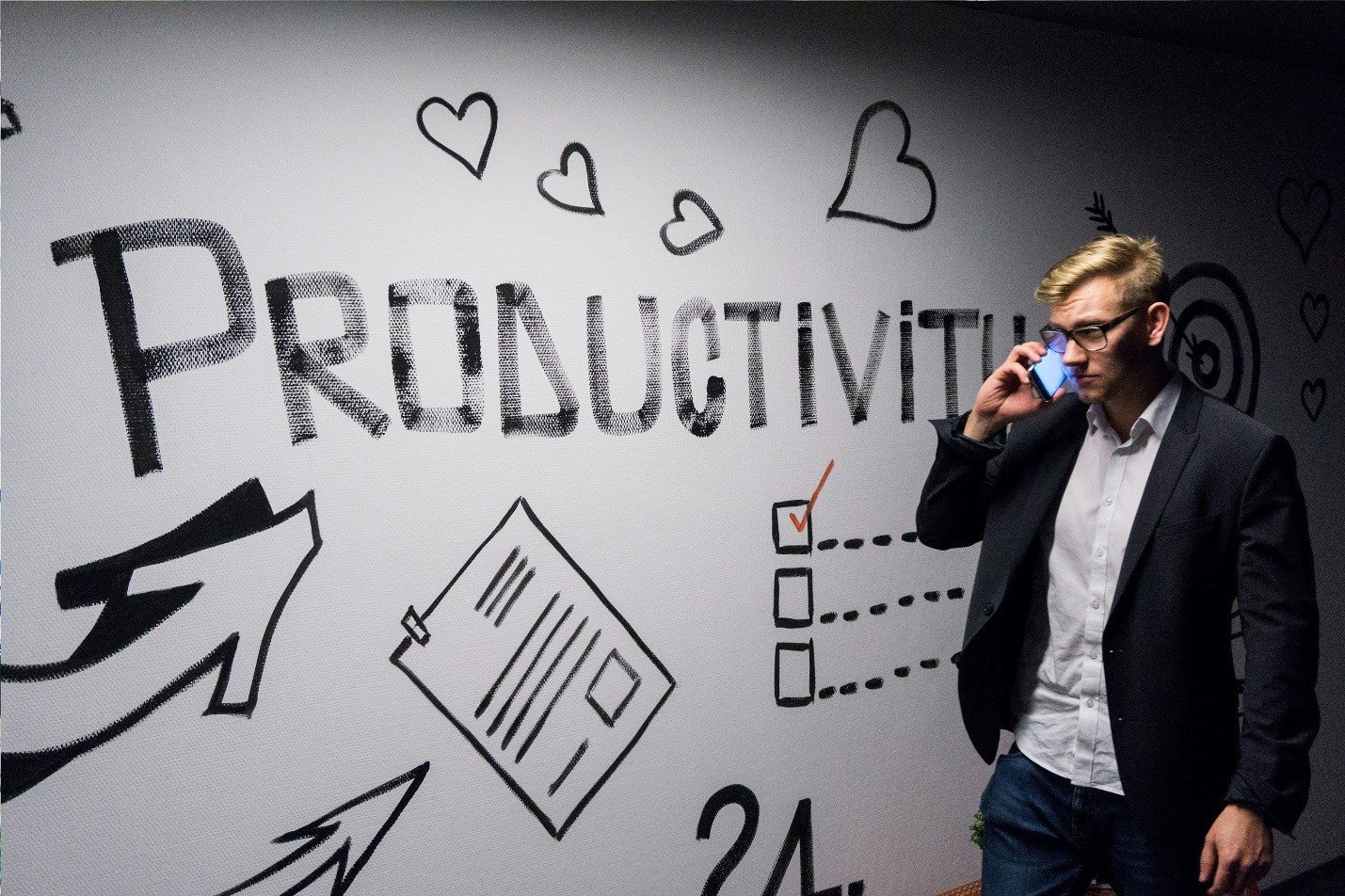Speed is not the same as progress. Teams can automate everything in sight and still feel fried if goals are vague and feedback loops are noisy. The healthiest organisations define outcomes people care about, remove toil with care and treat attention like a finite resource. That is the promise of smarter productivity that pairs automation with humane rhythms rather than constant acceleration.
Replace vanity with value
Activity is easy to count, outcomes are not. Start by choosing measures that mirror benefits users would pick for themselves.
Practical shifts that reframe success:
- Track time to first value for new customers instead of hours logged by staff
- Measure defect escape rate rather than raw bug counts
- Use lead time from idea to impact, not story points burned
- Review support tickets resolved on the first touch, not total ticket volume
A weekly review on the same day builds honesty. Trends stabilise when the cadence is fixed.
Use automation to remove toil, not judgement
Robotics and software automation shine when they take repetitive steps off human plates. They backfire when used to police people or squeeze every minute.
Where automation helps most:
- Build and release: automate tests, packaging and deploys so engineers focus on design and discovery
- Quality checks: auto flag risky changes, stale dependencies and flaky tests before they cost weekends
- Reporting: generate dashboards that surface bottlenecks and cycle time without manual screenshot rituals
- Templates: standardise briefs, runbooks and post incident notes so teams spend less time formatting and more time thinking
Set a simple rule. Automation should either save time, reduce risk or increase learning. If it does not, remove it.
Protect focus like a budget
Context switches are a silent tax. Guard deep work the way you would protect cash flow.
Everyday moves that buy back attention:
- Schedule meeting free blocks daily and protect them on shared calendars
- Batch similar work so brains do not bounce between modes
- Write decisions down in short memos so fewer meetings are needed later
- Turn chat pings into an hourly sweep rather than a constant drip
- Keep team tool stacks small to avoid notification sprawl
If you must interrupt, make it rare and clear. People forgive urgent asks when the norm is respectful.
Design sprints that humans can repeat
High output is fragile if it depends on heroics. Build working weeks that teams can run for months without fraying.
A simple, repeatable rhythm:
- Monday: choose one change that users will feel within five days
- Tuesday to Thursday: ship, test with a small cohort and gather five real reactions
- Friday morning: fix the rough edges you discovered
- Friday afternoon: publish a short changelog that explains the why, not just the what
Micro demos beat quarterly theatre. Small wins stack, confidence grows and weekends stay quiet.
Train managers to manage energy, not only tasks
Great managers act like air traffic control for attention. They clear clutter, sequence work and model recovery.
Habits that set tone:
- Share priorities in a one page plan that is reviewed weekly
- Ask about blockers and energy in 1:1s, then remove one barrier on the spot
- Rotate tough on call duties and guarantee recovery time after spikes
- Take holidays visibly so the team believes time off is safe
Teams mirror leaders. If leaders sprint forever, so will everyone else until the wheels come off.
Make feedback loops short and kind
People improve faster when feedback is fast and specific. Kind does not mean soft, it means useful.
Keep loops healthy by:
- Testing small features with five users before full release
- Tagging feedback by theme so patterns pop quickly
- Closing the loop in public when you ship a change that came from a report
- Thanking contributors by name so participation feels valued
When users see their fingerprints on the product they forgive small misses and keep helping.
Watch the human signals
Dashboards do not show burnout. You need to read the room.
Signals that matter:
- Velocity that is steady, not spiky
- Holiday balances that go down across the year
- Low after hours chat volume except during planned events
- Clear handovers that let people switch off after their shift
- Exit interviews that cite growth and challenge, not confusion and fatigue
If the people look strained, the system is strained. Adjust scope before you add pressure.
A small metric set you can live with
Keep the scorecard lean so it gets read.
Trackables that matter:
• Lead time from commit to production
• Time to first value for new users
• First touch resolution rate in support
• Weekly focus hours per person without meetings
• Change failure rate and time to restore service
• Opt outs from notifications by reason
Review, act, then keep building. Numbers are a compass, not a cudgel.
The quiet advantage
Productivity that lasts is calm, visible and kind. Define outcomes, automate the grind, protect focus and keep feedback loops short. Teach managers to manage energy, not just tasks and keep an eye on the human signals dashboards miss. Do this well and you will ship more with people who want to come back tomorrow.

